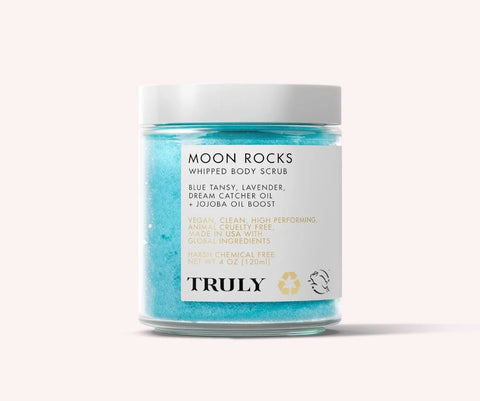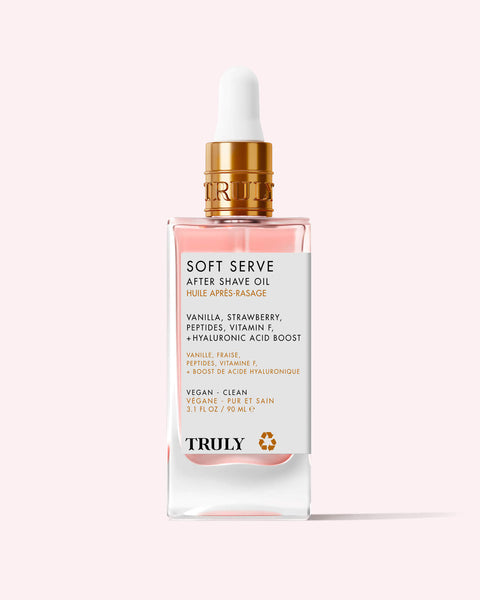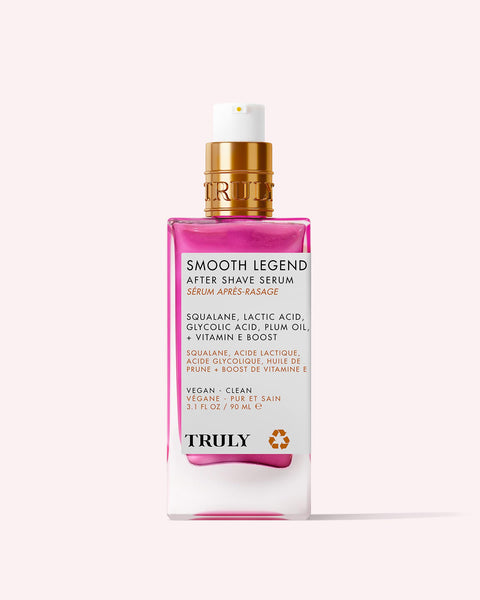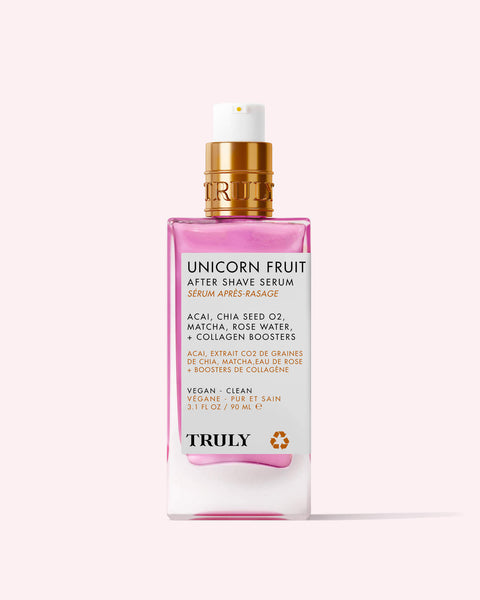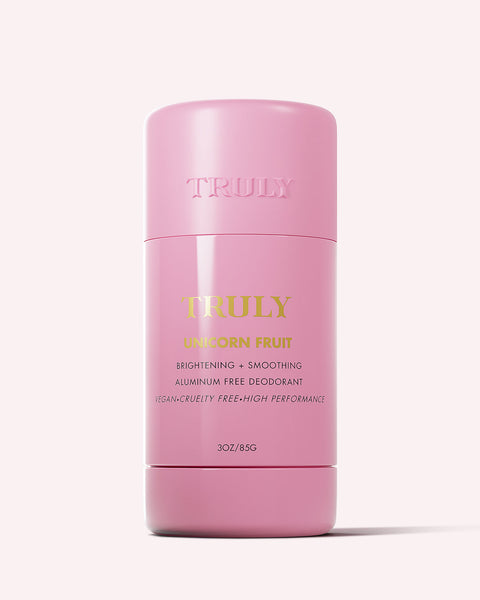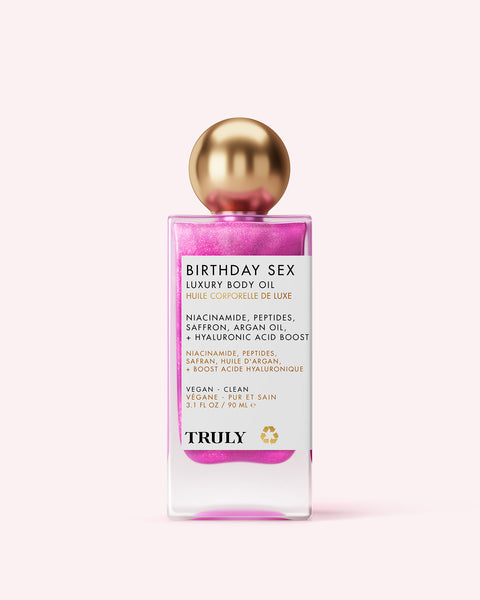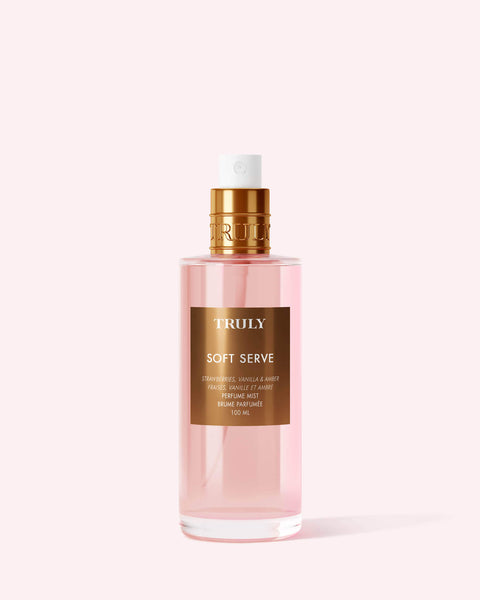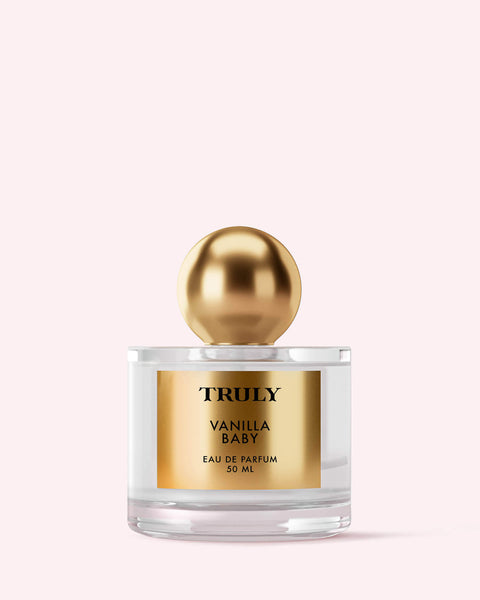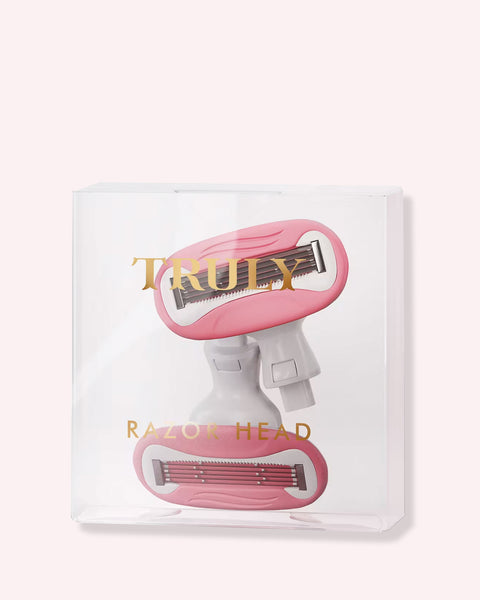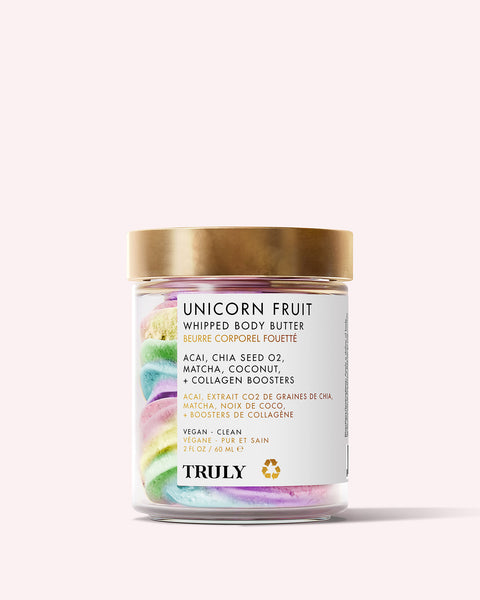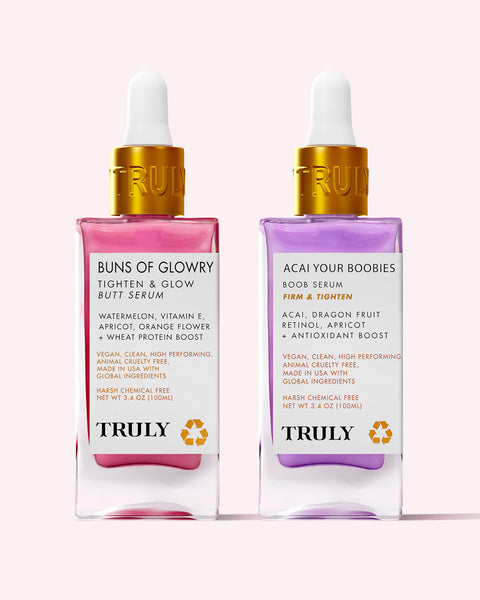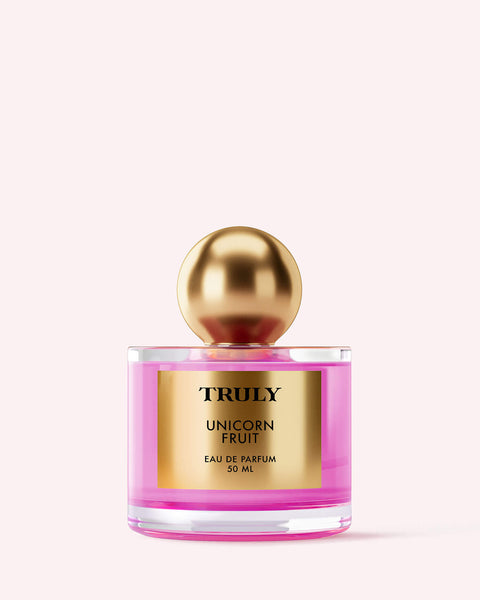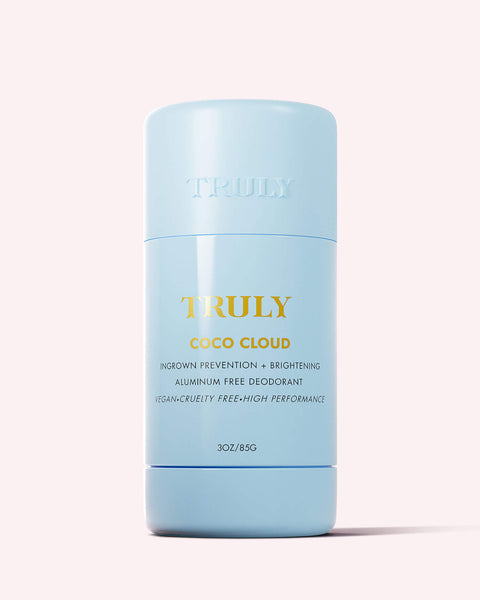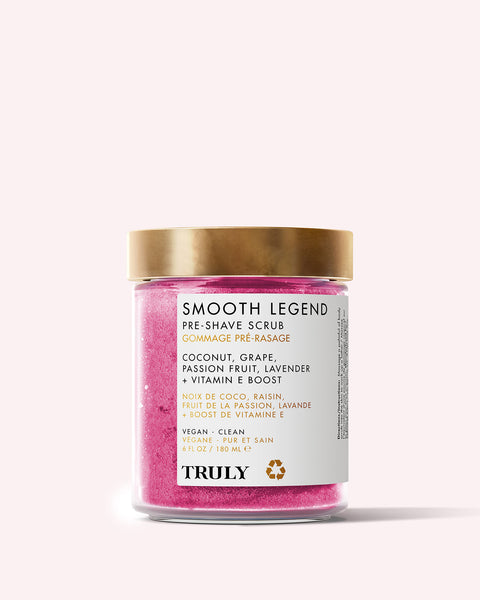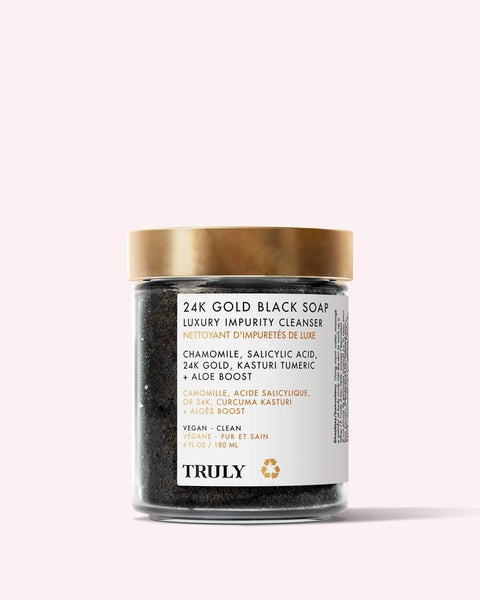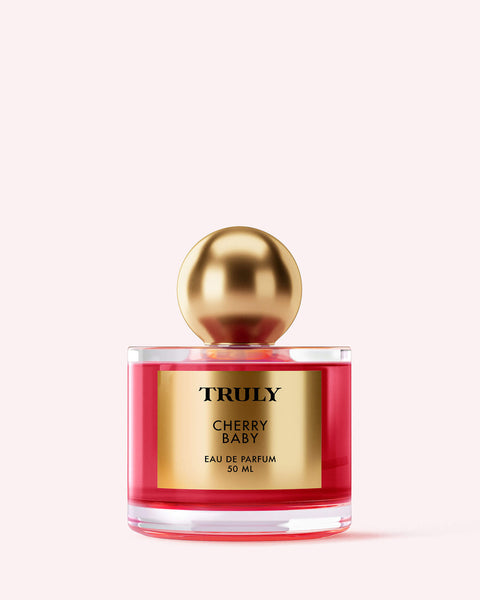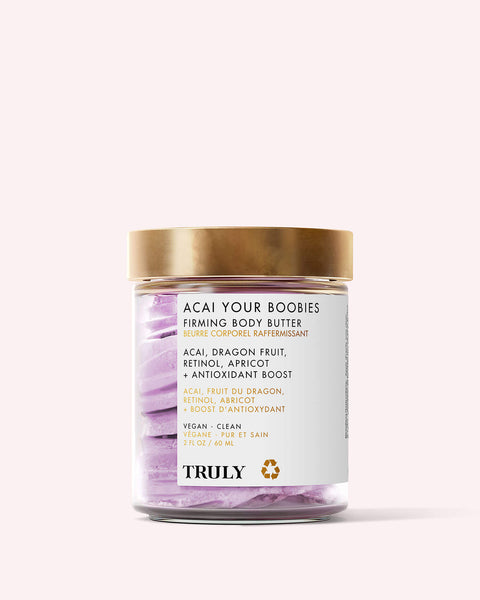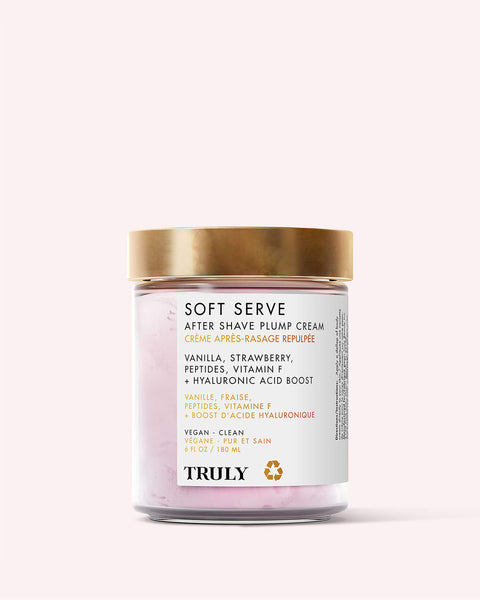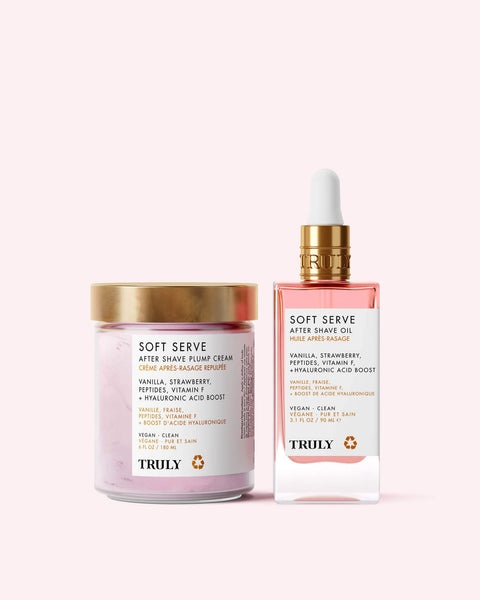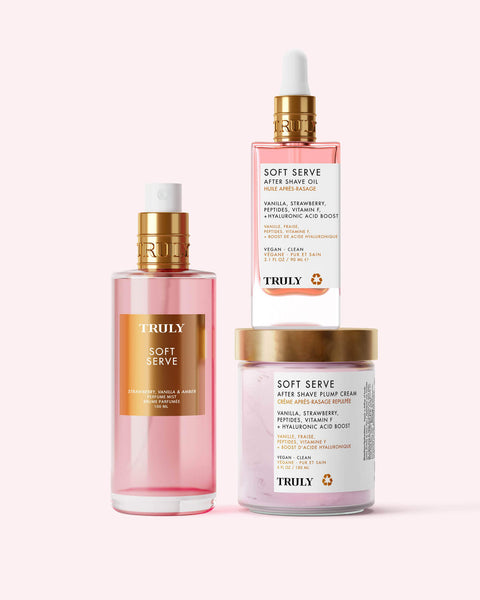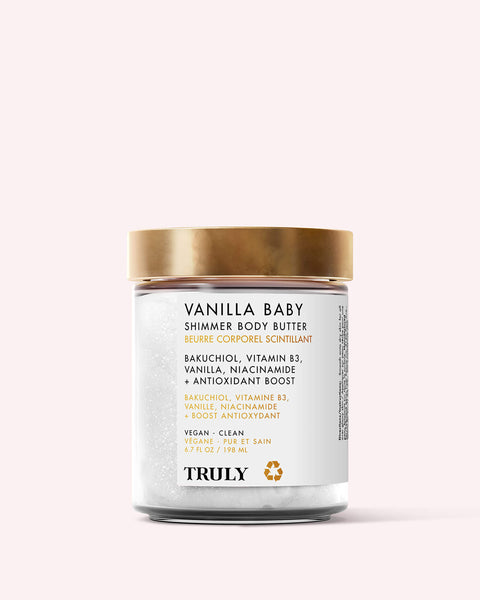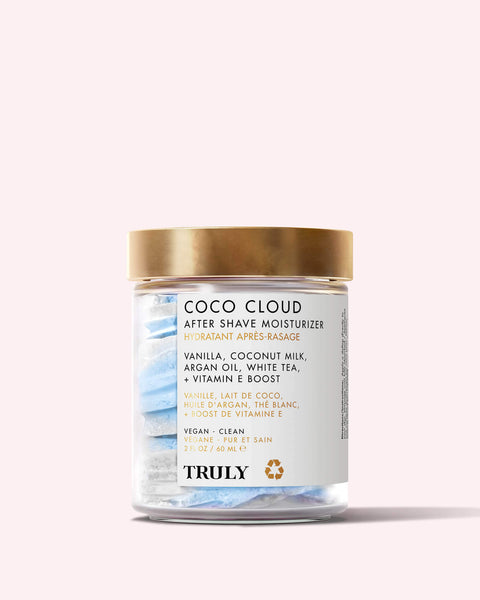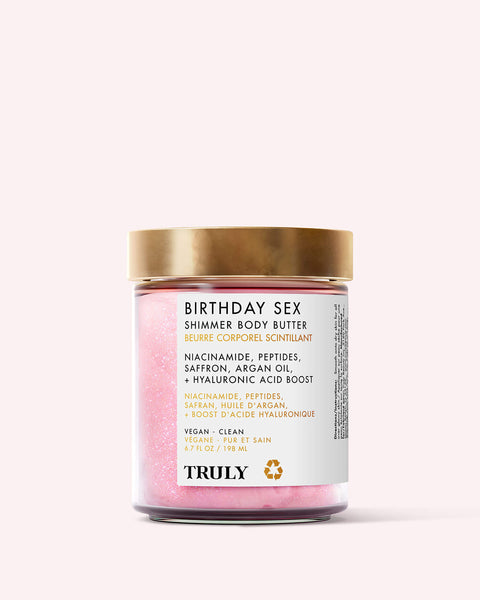Lactic Acid vs Glycolic Acid: What's the Difference?
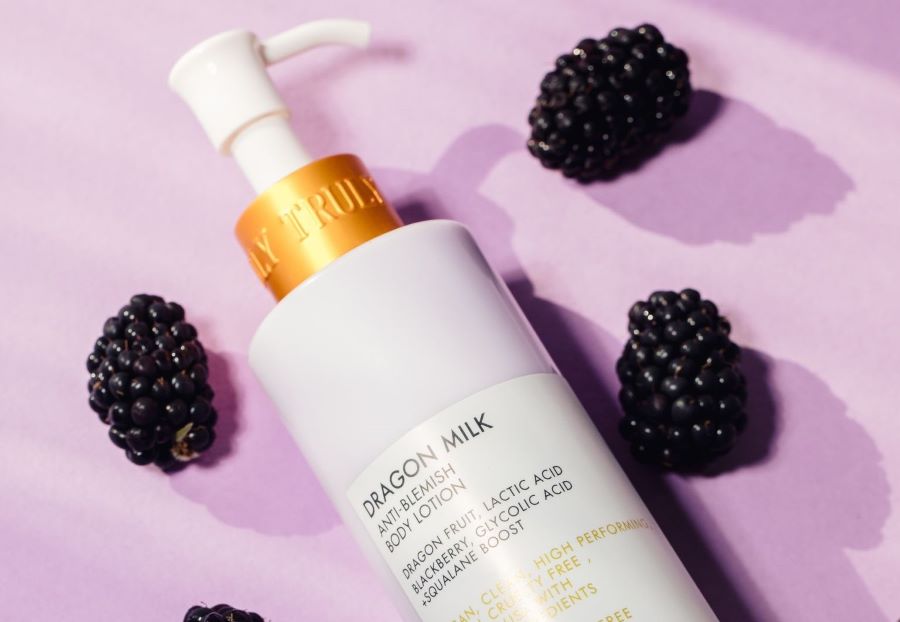
Both of these alpha hydroxy acids are commonly used in skincare for their exfoliating benefits, but when it comes to lactic acid vs glycolic acid — which one is best? Lactic acid and glycolic acid work similarly but there are a few key differences you should know. The one you should choose depends on your skin type, concerns, and overall goals.
Which is better glycolic or lactic acid? Ahead, we delve into the glycolic acid vs lactic acid debate to help you make the best decision for your skin.
Lactic Acid vs Glycolic Acid
Lactic acid and glycolic acid are both alpha hydroxy acids (AHAs), or chemical exfoliants, that remove dead skin cells by weakening the bonds that hold them together to reveal a brighter, smoother complexion. Both AHAs can help with a number of skin concerns including fine lines, hyperpigmentation, and acne. However, there are a few differences between the two that you should know before making the choice.
Glycolic Acid Provides Deeper Exfoliation
Glycolic acid is a chemical exfoliant derived from sugar cane. It has a smaller molecular size than lactic acid, which allows it to penetrate deeper into the skin—in turn, providing deeper exfoliation. Glycolic acid removes the buildup of dead skin cells and oil by dissolving them to unclog pores, improve skin texture, and prevent breakouts.
It’s considered to be one of the best exfoliators for normal to oily skin, as well as acne-prone skin. By penetrating deeper into the pores, glycolic acid maximizes pore-unclogging action to keep skin smooth and clear.
And because glycolic acid can get deeper into your skin, it’s a fantastic anti-aging skincare ingredient.“Glycolic acid stimulates fibroblasts in the dermis to produce increased amounts of collagen,” says dermatologist Kenneth Howe, M.D.. By increasing collagen production, it makes skin feel firmer and helps reduce the appearance of fine lines.
Lactic Acid is Easier on Sensitive Skin
Lactic acid is another AHA derived from fermented lactose, a carbohydrate naturally present in milk. It’s a lot milder than glycolic acid. Because of its higher molecular weight, lactic acid doesn’t penetrate as deep and has a lower risk of skin irritation. For that reason, it’s the best choice for sensitive skin types.
Lactic acid is gentler than other AHA and BHA acids. It is a mild exfoliant which will not disrupt the skin’s pH or cause redness, dryness, flaking, and irritation. In fact, skincare products with low concentrations of lactic acids can even be used daily.
Glycolic Acid Works Faster
Going back to glycolic acid’s small molecular size, it means the AHA can penetrate deeply and quickly into the skin to deliver visible results—fast. In fact, glycolic acid’s effects on brightening your skin happen almost instantly.
This fast-acting ingredient is great for sloughing off dead cells to reveal instantly brighter, glowier skin. That said, those with normal, oily, or acne-prone skin are most likely to enjoy the benefits of glycolic acid over those with dry or sensitive skin.
Lactic Acid is More Hydrating
In addition to being an exfoliant, lactic acid is also a humectant, meaning it attracts water to hydrate the skin and combat dryness. With regards to lactic acid vs glycolic acid and which is better for your skin, lactic acid is the better choice for dry skin types.
There are two reasons for this. First, lactic acid has humectant properties which help to attract and seal moisture into the skin for long-lasting hydration. Second, its larger molecular size means it is less likely to irritate or dry out the skin. All in all, lactic acid might be the better option if you’re prone to dryness.
Shop Glycolic Acid
Truly’s Moon Rocks Whipped Body Scrub
BUY NOW
Benefits of Lactic Acid and Glycolic Acid
By removing the buildup of dead cells on the skin’s surface and promoting collagen synthesis, both lactic acid and glycolic acid offer a number of benefits for the skin.
✓ Unclogs pores
✓ Prevents signs of aging
✓ Softens fine lines and wrinkles
✓ Fades dark spots and discoloration
✓ Improves the appearance of acne scars
✓ Prevents breakouts
✓ Improves overall skin tone and texture
These water-soluble ingredients feel light and non-greasy on the skin. You will find them in everything from cleansers to toners, serums, and creams.
Shop Lactic Acid + Glycolic Acid
Truly’s Bodne Routine
BUY NOW
Is Lactic Acid or Glycolic Acid Better?
When it comes to lactic acid vs glycolic acid which is better, it all comes down to your skin type and what you’re hoping to achieve from this ingredient. If you have oily or acne-prone skin and you’re looking to target breakouts and clogged pores fast, glycolic acid is your best choice. If you have dry or sensitive skin and you’re looking for a gentle exfoliant that won’t irritate your skin, you’re better off with lactic acid.
In terms of what they can do for your skin, both AHAs remove dead cells and promote cell turnover for clearer, brighter, and smoother skin.
Can You Use Lactic Acid and Glycolic Acid Together?
Yes, you can use glycolic acid and lactic acid together. However, you should only use them together if both ingredients are present in the same skincare products, in which case there will be lower concentrations of these AHAs. When using these two AHAs in separate products at the same time, you expose your skin to higher concentrations of these ingredients which may cause irritation.
As the last step of your skincare routine, always remember to apply sunscreen with SPF 30 or higher. Besides protecting your skin against sun damage, AHAs can make your skin more sensitive to the sun, which can lead to sunburn and irritation.
How to Use Glycolic and Lactic Acid in Your Skincare Routine
Lactic acid and glycolic acid are both alpha hydroxy acids (AHAs) that can be incorporated into a skincare routine to exfoliate and improve skin texture. Here’s how to use them in your skincare routine.
Understand Your Skin Type: Lactic acid tends to be milder and better suited for sensitive or dry skin. Glycolic acid is more potent and is often recommended for normal to oily skin types.
Start Slowly: If you’re new to using acids, start with a lower concentration to allow your skin to adjust. Begin with products containing around 5-10% concentration. Start by using these acids once or twice a week and gradually increase the frequency as your skin builds tolerance.
Patch Test: Before applying any new product to your face, perform a patch test on a small area of your skin to ensure your skin doesn’t react negatively.
Lactic acid and glycolic acid pair well with most other skincare products, including hyaluronic acid, shea butter, coconut oil, and vitamin C. However, you should avoid mixing these AHAs with retinol or salicylic acid if you have sensitive skin.
Lactic Acid vs Glycolic Acid: Which One’s Best?
From smoothing out fine lines to combating breakouts and giving skin a brightening boost, both of these alpha hydroxy acids can work wonders for your skin. Glycolic acid is the more potent of the two. Because of its smaller molecular size, it penetrates deeper into the skin to provide more visible, faster results. Lactic acid, on the other hand, has a larger molecular size which means it doesn’t penetrate as quickly and is less likely to irritate the skin.
With regards to the lactic acid vs glycolic acid debate, we love both ingredients. However, you should decide based on your skin type and concerns.


